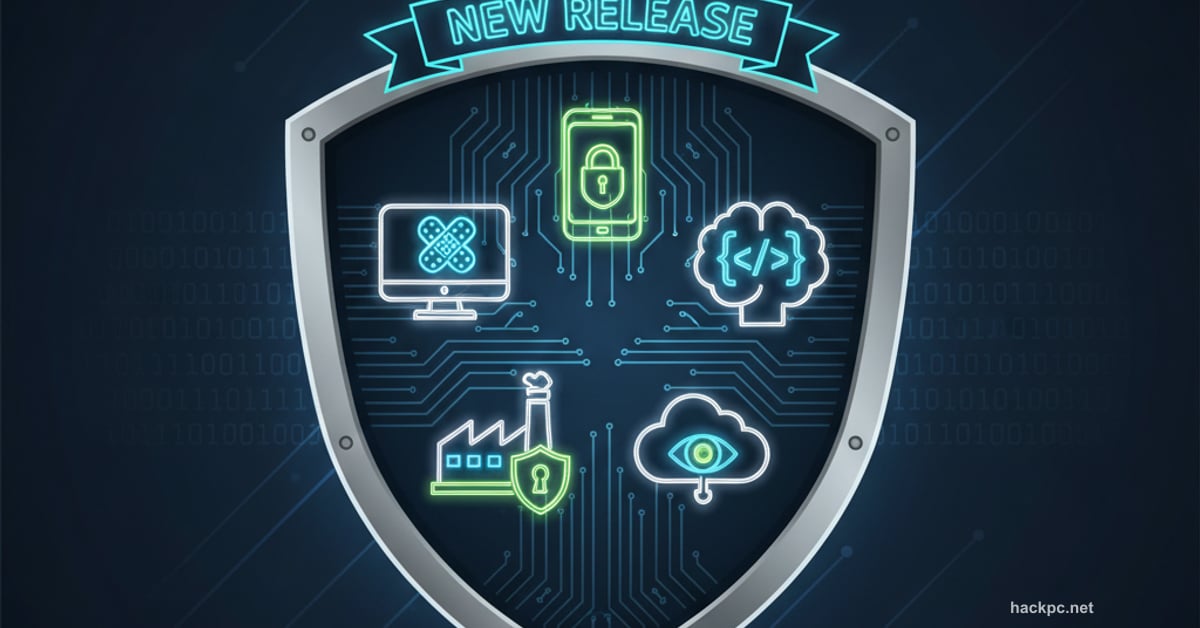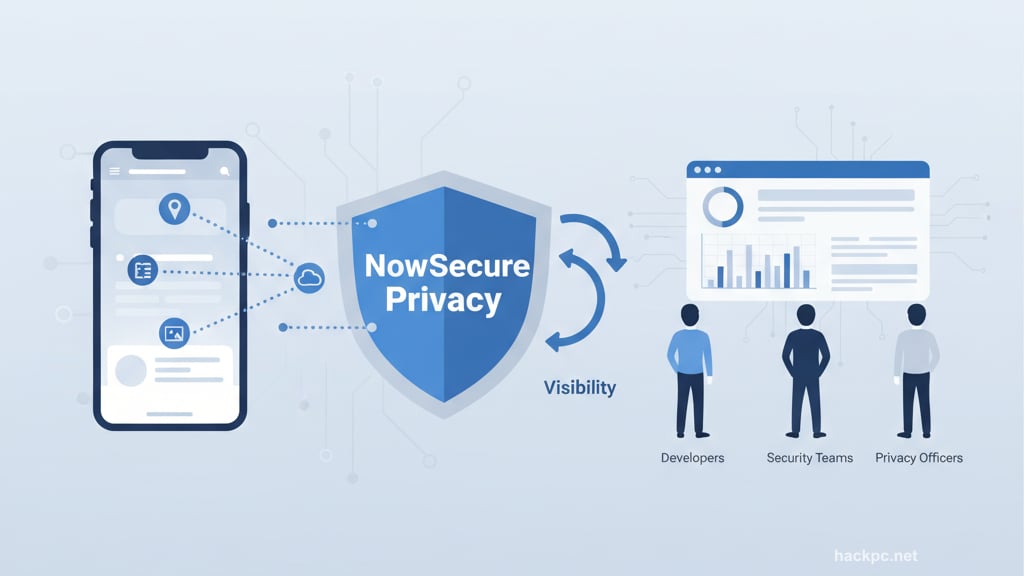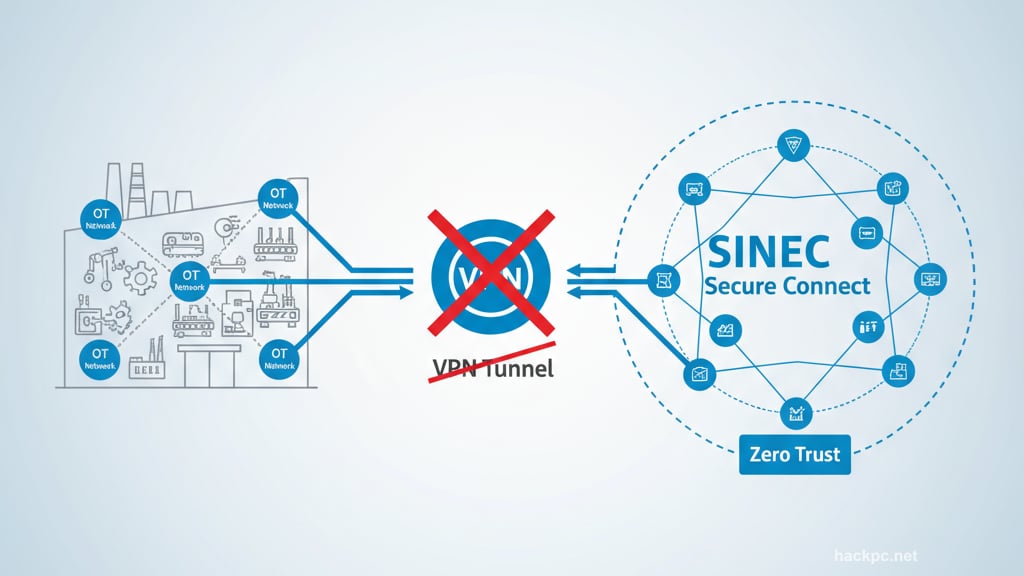
Five companies just released products that tackle modern security headaches. Mobile privacy leaks, AI code risks, and OT network gaps all get new solutions.
These aren’t minor updates. Each tool addresses problems that traditional security software ignores. Let’s see what actually matters.
NowSecure Plugs Mobile Privacy Leaks
NowSecure Privacy targets a blind spot most companies miss. Mobile apps leak data constantly, but dev teams lack tools to catch it.
The platform finds systemic privacy issues before apps ship. Developers, security teams, and privacy officers all get visibility into what data leaves their apps and where it goes.
Mobile privacy matters more now. Regulators crack down harder. Users care more about data sharing. Plus, one leak can tank your app’s reputation instantly.
So catching privacy issues early saves money and trust. This tool aims to make that possible for teams that previously flew blind.
Acronis Adds Patch Management to Consumer Backup
Acronis True Image 2026 brings enterprise-grade patching to regular users. That’s a big deal.
Most backup software just protects your files. This version actively defends your system by keeping Windows patched. It also includes AI-powered threat detection, anti-ransomware, and malware scanning.
Here’s why this matters. Regular people struggle with Windows updates. They skip them, postpone them, or don’t understand them. Meanwhile, unpatched systems become easy targets for attacks.
Now their backup software handles it automatically. No technical knowledge required. Just set it and forget it while the software keeps you protected.
Small businesses benefit too. They often lack IT staff to manage patches across multiple computers. This gives them enterprise protection without enterprise complexity or cost.

Legit Security Watches AI Code Everywhere
Legit Security updated its AI Security Command Center to track something new. Vibe coding and AI-first development.
The platform now shows when, where, and how teams use AI-generated code, AI models, and MCP servers across the entire development lifecycle. Plus, it highlights the security risks each introduces.
This visibility matters because AI code generation exploded recently. Developers rely on AI assistants constantly. But nobody tracked what code they generate, which models they use, or what security holes they create.
So companies build applications with hidden AI-generated components. Those components might contain vulnerabilities, licensing issues, or compliance problems. Yet security teams couldn’t see any of it until now.
The Command Center makes AI usage visible. Then teams can decide if specific AI tools meet their security standards or create unacceptable risks.
Siemens Kills VPNs for Industrial Networks
SINEC Secure Connect brings zero trust security to operational technology networks. It ditches VPNs entirely.
Instead, the platform creates virtualized overlay networks. These enable machine-to-machine, machine-to-cloud, and machine-to-datacenter connections without traditional VPN infrastructure.
Industrial networks hate VPNs for good reasons. VPNs create broad access that attackers exploit. They’re complex to manage across thousands of devices. Plus, they often break industrial protocols that OT systems rely on.
Siemens virtualizes the network structure instead. Each connection gets encrypted and isolated. Access follows zero trust principles – verify everything, trust nothing by default.
This approach fits industrial environments better. Operators get secure remote access without the VPN headaches that plague OT security today.
Telus Tests GenAI for Real-World Attacks

Fuel iX Fortify helps companies find vulnerabilities in their GenAI systems before attackers do. It runs continuous automated red-teaming at scale.
The tool simulates real-world attack scenarios using adversarial techniques. Then it shows enterprises exactly where their AI models break or behave dangerously.
Most companies deploy GenAI without thorough security testing. They trust that models work safely because vendors say so. But GenAI systems fail in unpredictable ways when attacked.
Fuel iX Fortify stress-tests those systems constantly. It tries to make models hallucinate, leak training data, bypass safety guards, or produce harmful outputs. Companies see their actual risk exposure instead of hoping everything works fine.
Automated testing matters because manual red-teaming can’t keep pace. GenAI systems update frequently. Each update potentially introduces new vulnerabilities. So continuous testing becomes necessary, not optional.
What Connects These Releases
All five products address visibility gaps. Mobile privacy leaks, AI code risks, OT network access, consumer patching, and GenAI vulnerabilities all share one problem. Companies can’t protect what they can’t see.
Traditional security tools weren’t built for these challenges. They don’t understand mobile privacy patterns, AI development workflows, industrial protocols, consumer update habits, or GenAI attack vectors.
So these new tools fill critical blindspots. They give security teams the visibility needed to actually protect modern technology stacks.
The shift toward specialized security tools will accelerate. General-purpose security software can’t cover everything anymore. Technology evolves too fast and too differently across domains.
Companies that adopt specialized tools early gain advantages. They catch problems competitors miss. Plus, they avoid the costly breaches that come from flying blind.



Comments (0)